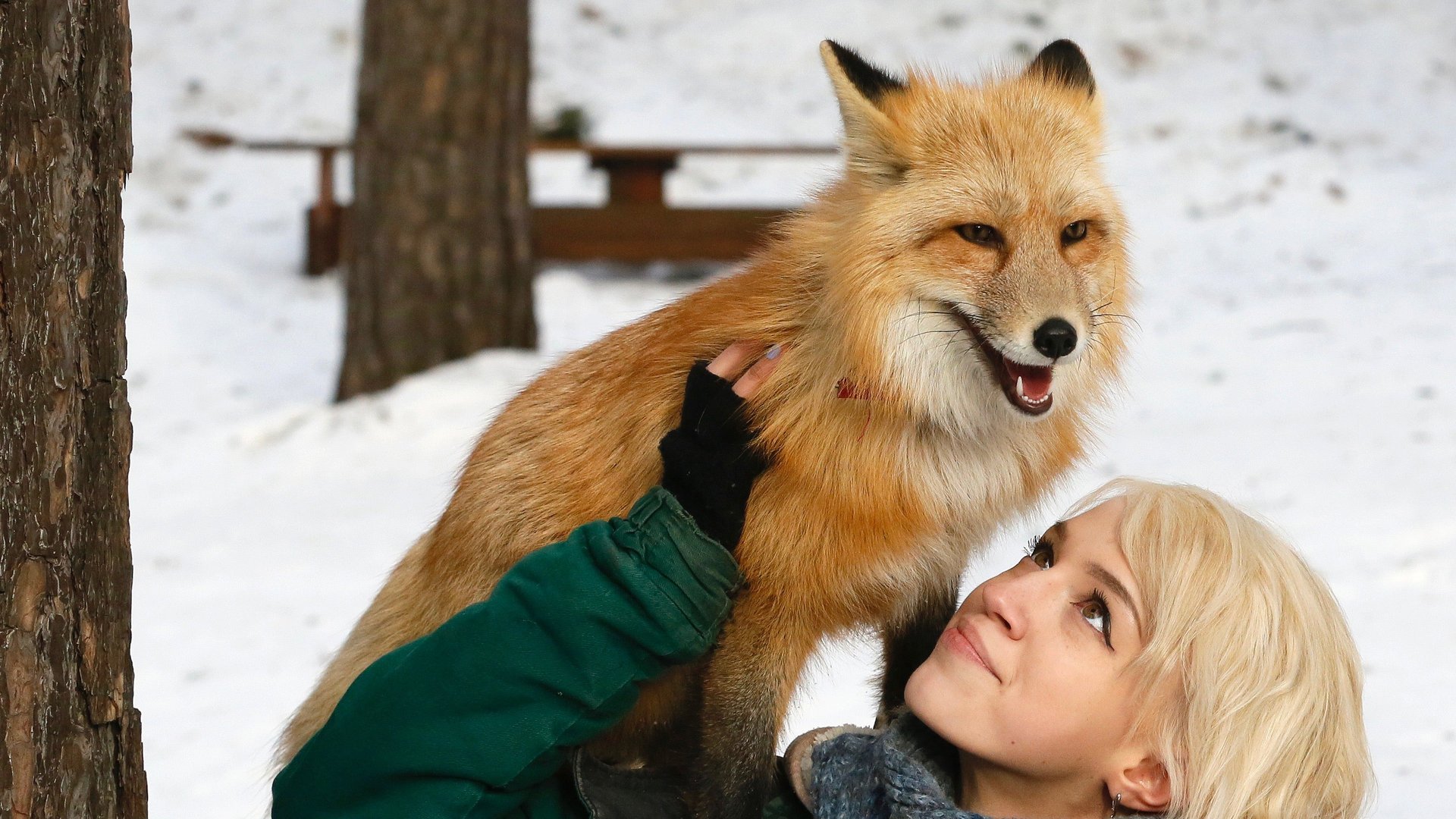A 60-year scientific study explains how to tame a fox
In Antoine de Saint-Exupéry’s 1943 novella The Little Prince, the titular little prince meets a fox who wants to be friends. The fox explains that the prince should tame him, which will create a bond between the pair. ”If you tame me, we’ll need each other,” says the fox. “You’ll be the only boy in the world for me. I’ll be the only fox in the world for you.”


In Antoine de Saint-Exupéry’s 1943 novella The Little Prince, the titular little prince meets a fox who wants to be friends. The fox explains that the prince should tame him, which will create a bond between the pair. ”If you tame me, we’ll need each other,” says the fox. “You’ll be the only boy in the world for me. I’ll be the only fox in the world for you.”
The question of how you tame a fox—and what it means to be tamed—is at the heart of a 60-year study on fox domestication, conducted by scientists at the Institute of Cytology and Genetics of the Russian Academy of Sciences. The answer, we now know, appears to involves genetics, implicating a particular gene that influences tameness.
After raising and taming 50 generations of foxes selected for tameness or aggression over six decades—thus recreating the process of domestication in real-time—scientists were able to map out a complete genome sequence for a range of foxes with different behaviors. This process begins to explain the underlying mechanisms of aggression and tameness in foxes and dogs, and even sheds light on human behavior.
In a study published in Nature and Ecology Evolution, researchers led by Anna Kukova of the animal sciences department of the University of Illinois at Urbana say they have isolated a key gene essential to fox tameness and uncovered clues as to specific genes implicated in human neurological disorders. To do this, they first sequenced and assembled the red fox genome. Next, they re-sequenced the genomes of a subset of foxes from tame, aggressive, and conventional farm-bred populations to identify genomic regions associated with various behaviors.
The team took 10 foxes from each population and sequenced their genomes. Then they compared these to the full fox genome and each other. The fox populations differed in 103 genomic regions, some of which appear to dictate tame and aggressive behaviors.
“Finding genomic regions at such resolution was beyond any expectations with our previous tools. Now, for the first time, we could not only pinpoint part of a chromosome which makes foxes more tame or aggressive, but we could identify specific genes responsible for it,” Kukekova says in a statement.
For example, the tame foxes, raised to respond to human contact, have a version of a gene—SorCS1—not found in the aggressive population. Scientists think this gene contributes to making foxes more tame, though there’s probably more involved in the behavior than just a single gene. “The picture is definitely more complex,” Kukekova says.
The researchers also compared the 103 genomic regions to those of other sequenced mammals, including humans. They identified matches between the behavior regions in foxes and those thought to be important in dog domestication.
Scientists also found a strange link between fox genes and a genetic region associated with Williams-Beuren syndrome in humans. The disorder is characterized by extremely outgoing, sometimes dangerously friendly behavior in people. It was previously thought that a genetic similarity found between those with the syndrome and in dogs could be implicated in the domestication of humanity’s best friend. Yet in this study, the foxes with similar genetic characteristics were aggressive. The researchers say that this finding simply underscores the complexity of genetics and the need for much more research for a complete understanding.
In other words, it will take time to learn the full story. That’s in keeping with the lessons of The Little Prince. While instructing the prince on how to tame him, the fox in the story accuses humans of impatience, never taking the time to learn anything. “You have to be very patient,” the fox answered. “First you’ll sit down a little ways away from me, over there, in the grass. I’ll watch you out of the corner of my eye, and you won’t say anything. Language is the source of misunderstandings. But day by day, you’ll be able to sit a little closer…”
The next day, the little prince returned to the fox—and so will the scientists who’ve been working on this fox mystery for over 60 years.